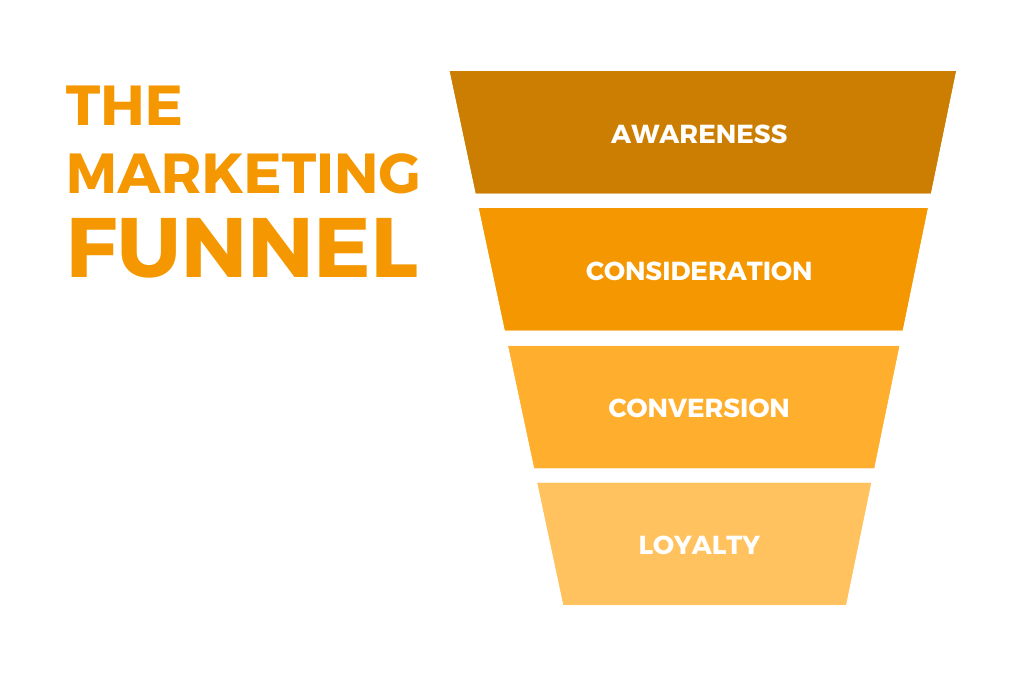SEO Strategies For B2B Manufacturing Companies
Getting your website to appear in the top position in the world’s busiest digital marketplace isn’t easy. This is why you need to think carefully about your Search Engine Optimisation (SEO) strategy. The benefits are huge but can take between 6 – 12 months to materialise. Plus, once you reach the top ranking and generate loads of relevant traffic to the website, there’s no guarantee that you will stay there.
Let’s break down some of the basics that you need to consider when building a Search Engine Optimisation strategy for a B2B manufacturing company.
Related Articles:
Unlocking Success: Digital Marketing Strategies for B2B Manufacturing Companies
Inbound Marketing Strategies for Manufacturers: Tips And Best Practices
Driving Success: PPC Advertising Strategies For Manufacturers
The Art of Connection: Social Media Strategies for Manufacturing Companies
Streamlining Success: Marketing Automation Solutions for Manufacturers
From Ideas to Impact: Content Marketing Strategies For Manufacturing Companies
Generating Growth: Lead Generation Strategies for B2B Manufacturing Companies
Keyword Research
The scope for SEO often begins with keyword research. Manufacturers can start by conducting thorough keyword research to identify relevant keywords and phrases that align with their target audience’s search intent. The key here is to ensure you aren’t targeting keywords that might be searched by irrelevant B2C audiences.
Pick your battles: target attainable keywords
Look for relevant keywords, that:
- Your prospects will use to find the products you offer
- Your website already ranks in positions 4-15 for, and
- Has credible monthly search traffic
Monthly search volume is always smaller for more niche topics and you’re starting from a niche subject with B2B manufacturing. As long as variations of the keyword bring you a total potential market search volume of 100+ per month, there is potential.
Consider the intention of the audience using the keyword
Depending on your budget, you should consider which stage of the user journey you are targeting. Is the audience trying to learn about manufacturing solutions, which you can provide in the form of a content marketing strategy to build brand awareness and position yourself as an expert? Or do you want to focus on people looking for a solution who are intending to start a sales conversation?

Audit your manufacturing website for on-page elements
On-page elements are what search engines use to determine the quality, relevance and authenticity. Ultimately, search engines want to make sure you’ll take good care of the people they send to you. So they crawl your website to determine if its a website they can co-sign.
Common audit checks and actions:
- Meta Tags Optimisation: Write unique and compelling meta titles and descriptions for each page, including relevant keywords. Ensure meta tags accurately describe the page’s content and encourage click-through rates from search results.
- URL Structure: Use SEO-friendly URLs that are descriptive, concise, and include relevant keywords. Avoid using unnecessary parameters or dynamic URLs. Implement canonical tags to prevent duplicate content issues.
- Image Optimisation: Optimise image file names with descriptive keywords. Compress images to improve page loading speed. Include relevant alt tags to provide context to search engines and assist visually impaired users.
- Page Loading Speed: Optimise website performance by minimising file sizes, leveraging caching, and optimising code. Compress CSS and JavaScript files. Use a Content Delivery Network (CDN) to distribute website content efficiently.
- Mobile Optimisation: Ensure the website is mobile-friendly and responsive across different devices. Use a responsive design or implement mobile-specific versions. Optimise the user experience for mobile visitors.
- Internal Linking: Create a logical and organised internal linking structure to help search engines understand the website’s hierarchy and improve user navigation. Link relevant pages using descriptive anchor text.
- Schema Markup: Implement structured data markup (schema.org) to provide search engines with additional context and improve the display of search results. Use appropriate schema markup for various types of content (e.g. articles, products, events).
- Check for Broken Links and Redirects: Identify and fix broken links or 404 errors to improve user experience and search engine crawling. Implement proper redirects (301 redirects) for outdated or moved pages.
- User Experience Optimisation: Improve website usability, readability, and accessibility. Ensure a clear website structure, intuitive navigation, and user-friendly interface. Enhance page layout, typography, and formatting.
- Review Robots.txt and XML Sitemap: Verify that the robots.txt file is correctly configured to allow search engine crawling of relevant pages. Ensure an updated XML sitemap is submitted to search engines to assist with indexing.
Off-page elements
This is how you differentiate yourself as a B2B manufacturer online through the eyes of search engines. Your authenticity and online authority is linked to how many websites accredit you as a source of information and knowledge. Outside of PR and any organic media referrals you can get (which all help), you need to work on generating backlinks to your website from credible sources.
What’s a credible source for a B2B Manufacturing backlink?
- Industry Associations: Reach out to industry associations and trade organisations that have established credibility in manufacturing and offer to create content for them that links back to your website.
- Industry Publications: Reach out to press officers and journalists at outlets like memuk.org, themanufacturer.com and newmanufacturing.co.uk, but don’t be empty handed. Is there a story or a quote a senior member of the team can offer on a topical issue affecting the industry? Being part of a story in exchange for a link to the website will help your website’s authority.
- Supplier and Partner Websites: Use your connections with suppliers and vendors that have established websites. Reach out to them and see if they’d be interested in collaborating on content that links back to your website.
- Educational Institutions: Look for colleges and universities with engineering, manufacturing or research departments. Are there partnerships you could explore with regard to student experience sessions that would result in an article on their website and a backlink to your website?
- Government and Non-Profit Organisations: Government backlinks are like gold dust and sometimes they will include a list of valuable resources related to your industry. It can be difficult to secure so make sure the timing is right and be prepared to persevere in order to get to the right person.
- Professional Networks and Forums: Remembering to link back to your website when engaging in discussions online can generate valuable backlinks when completed on industry-specific forums. One tip would be to have the website linked within your profile on any professional forum you engage in. Just be careful that your views are representative of the company position or that this is otherwise explained.
Organic Search Summary
There’s a lot of work involved in ranking highly on search engines for relevant keywords. It’s a long-term strategy and a sustainable one. There are 200+ metrics that search engines like Google use to determine where you rank. If you’d like to speak to an expert about your SEO strategy, click here.




